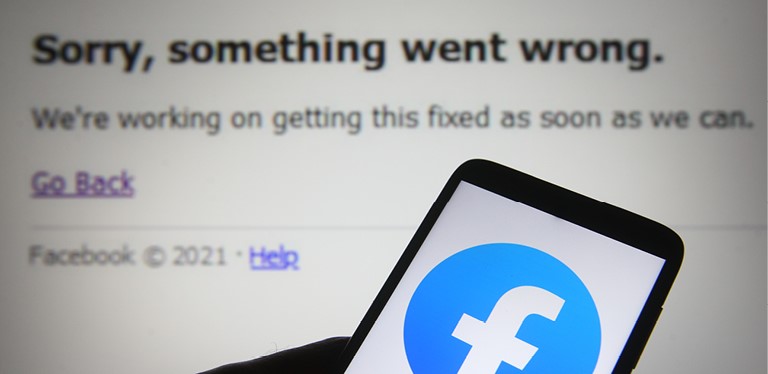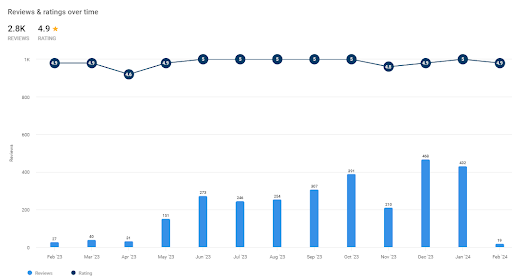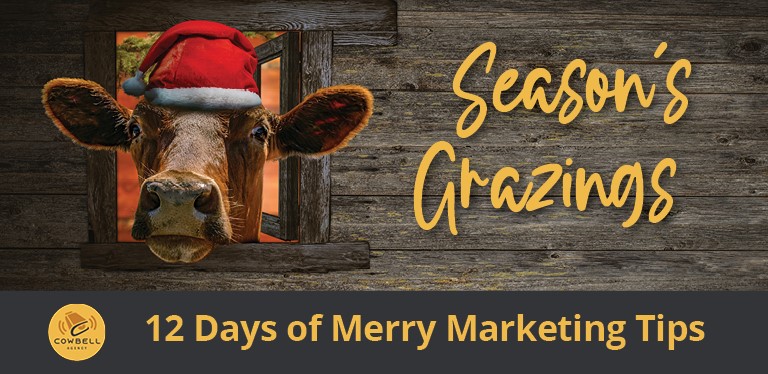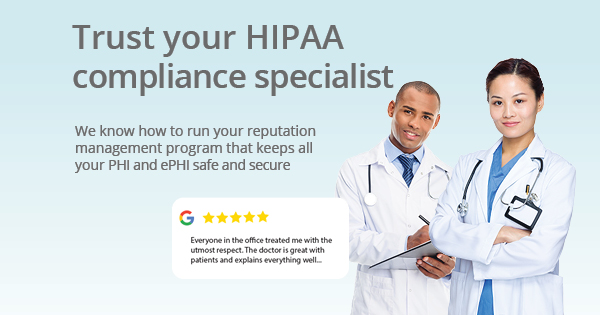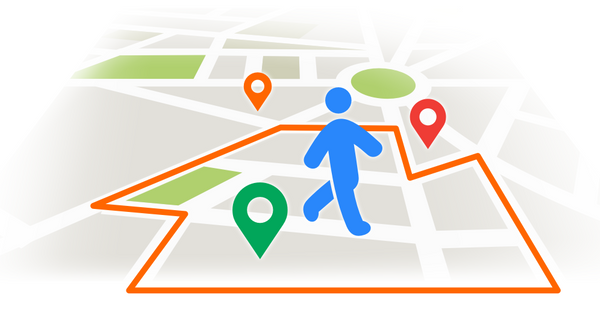
Red Flags to Be Wary of When Contracting with a Digital Marketing Agency

Red Flags to Be Weary of When Contracting with a Digital Marketing Agency

Mike McBride
The Cowbell Agency
Digital marketing has certainly revolutionized the world of advertising. With its powerful targeting and tracking abilities, advertisers enjoy a great deal of control over media costs and caps, messaging, and audience profiling. The ROI is clearly visible using analytical metrics and SEM tools that are growing smarter every day.
What’s not clear is who you can trust to manage these highly technical campaigns that include search, display, remarking, programmatic, contextual, geofencing, video and streaming broadcast. Unfortunately the digital gold rush in advertising has ignited a whole vein of predatory digital marketing agencies who have become much better at selling the promise than delivering it. They serve up digital marketing services as if it were something of a white elephant, something that can be priced to whatever someone is willing to pay.
We see it daily. Companies approach us after being sucked into another digital agency’s sales pitch promising top search page position. It doesn’t take long for them to see the reality doesn’t match the promise. Unfortunately, they’ve already signed their digital life away and there is very little we can do for them until their lengthy contract is up.
So to help others from becoming victims to the digital dark side, we’ve written down a few red flags to look for when you are thinking about contracting with a digital marketing agency:
The agency-client contract requires a lengthy engagement period of two or three years for which you are legally bound to the agency regardless of their marketing performance or business practices. These contracts are ironclad and many clients find them to be unbreakable after spending a lot on legal fees. A legit digital agency won’t need to lock in clients with a long term contract. Some agencies are even happy to work month-to-month and let their performance validate the ongoing engagement.
The media spend is not charged directed to the client. Instead, the agency receives the media bill, marks it up and charges the client however they please…no backup, no original media invoice. Traditional media like print and broadcast have typically afforded agencies a commission on media spends. With digital media like Google Ad, there is none so agencies (respectable ones anyway) have changed their billing models to a fair and equitable fee-based model for digital management and creative services.
There is no valid backup to support digital media charges. This is similar to the red flag above but far more sinister. We have seen cases where digital media that was never purchased was fraudulently charged to the client. It may be hard for most of us to imagine that some one would start up a digital agency to defraud people. But they are out there, they are smart, and they are sociopaths.
The agency requires prepayment each month for digital advertising. Advance payment happens in many fields and industries. There are many legitimate reasons to do this. But for a digital agency to use this practice shows a lack of faith either in the client’s ability to pay or in the agency’s ability to show value for its services and media management. While there is an unfortunately high number of businesses with bad payment histories, companies with good bookkeeping practices have no business prepaying for digital services.
Monthly digital reports are nonsense or nonexistent. Digital campaigns require weekly or even daily optimizations. If an agency is putting in solid work on search engine marketing (SEM) campaigns, their efforts can be quantified in a variety of metrics. At the very least, clients should be seeing monthly reports on click-through rates of traffic to the website, cost per click and how it compares to the specific industry, and conversions which are actions on the website that validate the quality of inbound traffic and the desired behavior goals. Sometimes, agencies will provide monthly reports with raw data and no real way for the client to understand or measure performance. Besides the basic KPIs, a useful digital report will also provide keyword performance, trending and trajectories, page ranking averages and more.
The top performing keyword is the company’s name. This trick has been used for many years by digital agencies to inflate campaign performance by targeting searches for the company name. While some argue is is a legitimate tactic, branded keywords are typically applied in search engine optimization or SEO to organically (and without costs) capture online searches for the company. Also, SEO generally works in conjunction with a company’s GoogleMyBusiness page as well. After all, if someone already knows who they are searching for online, we don’t need to waste budget on a paid search ad just to serve up their contact information.
The moral of this fable is don’t sign any digital agency contract before an attorney advises you on it. You just don’t know who you can trust.


